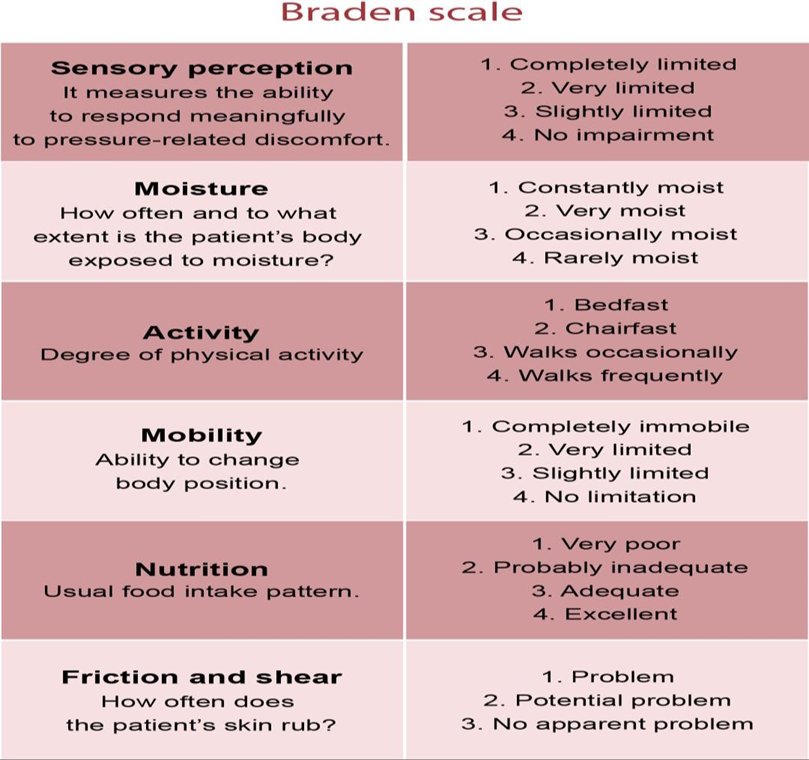A client with a family history of cardiac disease is seeking information to control risk factors. Which lifestyle modification is most important for the nurse to encourage?
Stress reduction.
Smoking cessation.
Regular exercise.
Low-fat diet.
The Correct Answer is B
B. Smoking is a significant risk factor for the development of cardiovascular disease, as it contributes to the narrowing and hardening of the arteries, increases blood pressure, reduces oxygen supply to tissues, and promotes the formation of blood clots.
A. Chronic stress can contribute to cardiovascular disease by raising blood pressure, increasing heart rate, and promoting inflammation.
C. Regular physical activity is crucial for cardiovascular health. It helps strengthen the heart muscle, lower blood pressure, improve cholesterol levels, control weight, and reduce stress.
D. A low-fat diet, particularly one that is high in fruits, vegetables, whole grains, and lean proteins, can help lower cholesterol levels, reduce blood pressure, and manage weight, all of which are important for heart health.
Although A, C, D play a role in preventing cardiovascular disease, smoking is the major risk factor for cardiovascular disease.
Nursing Test Bank
Naxlex Comprehensive Predictor Exams
Related Questions
Correct Answer is C
Explanation
C. Urinary incontinence affects the moisture component of the Braden scale. Proper assessment and interventions are crucial to prevent skin breakdown.
A. A weakened cough effort is not directly related to pressure ulcer risk assessment, which is the purpose of the Braden Scale.
B. Bowel sounds are not included in the Braden Scale assessment criteria.
D. Ankle edema is not included as a factor in the Braden Scale assessment.

Correct Answer is B
Explanation
B. If the tip of the urinary catheter reemerges from the insertion site during insertion, it means that the catheter has become contaminated with microorganisms from the urethra or surrounding area. Continuing to insert the same catheter can introduce these microorganisms into the urinary tract, increasing the risk of urinary tract infection (UTI).
A. Increasing the lighting in the room allows for optimal visualization during the procedure, but it is not the priority action when the catheter has become contaminated.
C. Cleaning the catheter with providone-iodine is not sufficient to sterilize the catheter and eliminate the risk of introducing pathogens into the urinary tract.
D. Repositioning the legs before reinsertion does not address the contamination of the catheter and does not mitigate the risk of introducing pathogens into the urinary tract.
Whether you are a student looking to ace your exams or a practicing nurse seeking to enhance your expertise , our nursing education contents will empower you with the confidence and competence to make a difference in the lives of patients and become a respected leader in the healthcare field.
Visit Naxlex, invest in your future and unlock endless possibilities with our unparalleled nursing education contents today
Report Wrong Answer on the Current Question
Do you disagree with the answer? If yes, what is your expected answer? Explain.
Kindly be descriptive with the issue you are facing.
